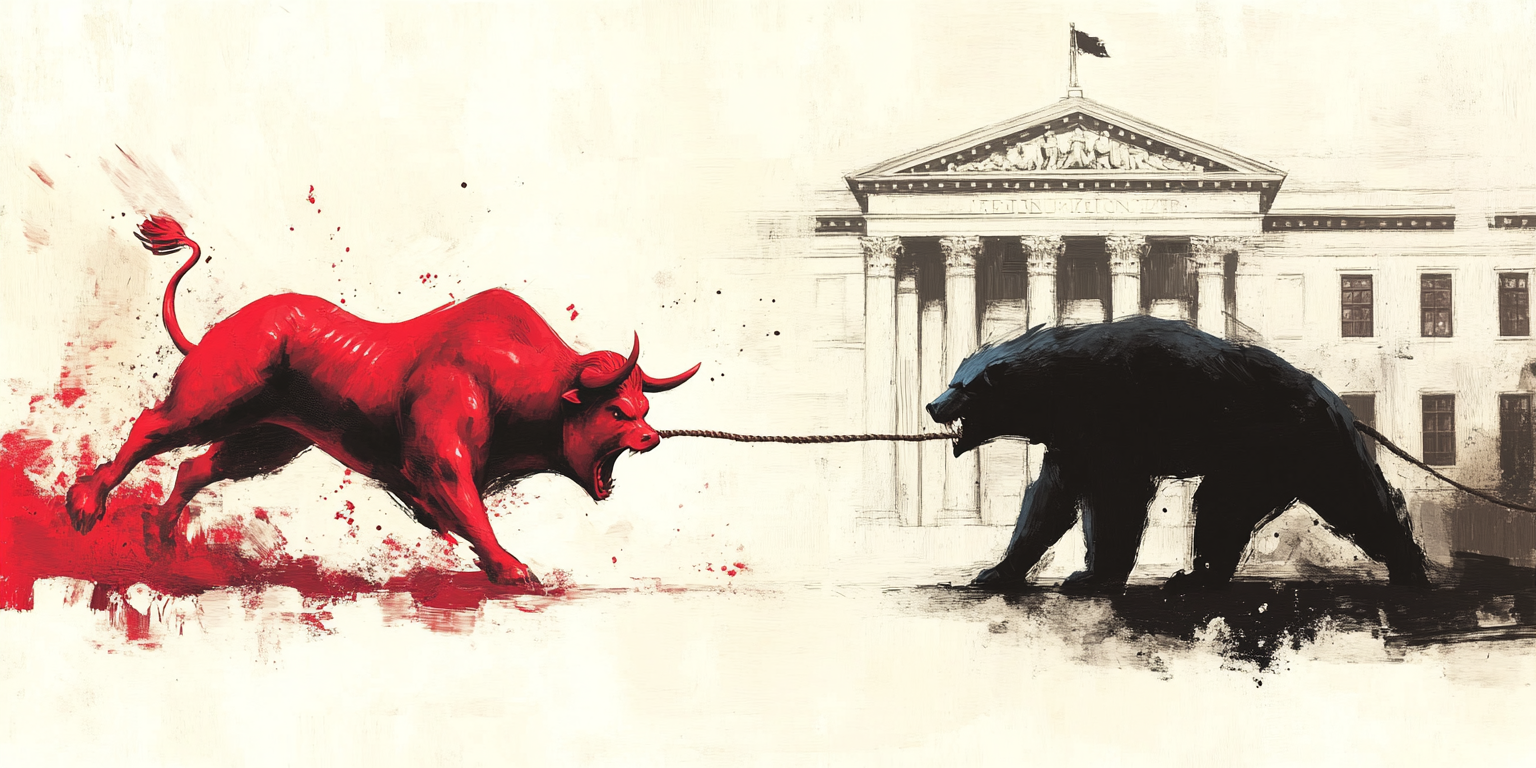
A Guide to Outmaneuvering the 2025 Global Shake-Up
Tariffs aren’t just political posturing. They send shockwaves through markets, force industries to pivot, stir inflation, and roil supply chains.
The brewing 2025 trade wars—involving the U.S., Canada, China, and the EU—are poised to hit key industries and corporate earnings hard.
But where most see crisis, there’s opportunity—to reposition, rethink risk, and rebalance portfolios for volatility.
Especially for high earners in tech with stock-heavy, passive strategies, this is your wake-up call.
Let’s unpack how to adapt your portfolio to global tariff disruptions.
Challenging the “Set and Forget” Approach
The old wisdom: “Stay diversified, hold index funds, ignore the noise.”
The reality? Tariffs hit global supply chains, and the S&P 500 is packed with companies deeply reliant on those chains—Apple, Tesla, Nvidia, Amazon.
These “broad” funds might not be as diversified as they seem.
So, What’s the Actual Move?
Look under the hood of your ETFs – Are your holdings truly diversified across sectors? Or just overexposed to one macro theme?
Think beyond the stock market – Commodities, currencies, and inflation-protected assets may behave very differently during trade wars.
- Gold: Often a play on weakening fiat currencies, not just a fear hedge.
- Crypto: May seem like a hedge, but recent volatility suggests otherwise.
Why Inflation & Interest Rates Become Unpredictable
First-order thinking: Tariffs raise prices → Inflation goes up.
Reality: It’s more chaotic.
- Some companies pass costs to consumers (raising CPI).
- Others absorb costs, shrinking profits.
- If consumers spend less, demand drops.
In some cases, tariffs are deflationary.
And what about the Fed? High prices would typically trigger rate hikes. But if growth slows and layoffs rise, the Fed could cut rates instead.
Key Takeaway:
The real risk is not just inflation—it’s market confusion over how central banks react.
What This Means for Investors
Inflation hedges like TIPS and commodities might underperform if the economy slows.
Cash is king – In volatile markets, liquidity is leverage. Use it as “dry powder” for opportunities.
Watch interest rate sensitivity – High-debt sectors like tech and real estate could get whiplashed by sudden Fed moves.
Making Sense of Tariffs in 2025: Don’t Overreact
Ask yourself:
- How do I hedge risk?
- How can I use volatility to my advantage?
The first reaction to tariffs? Indiscriminate selling.
Passive investors get hurt when they panic-sell—then buy back in at higher prices.
But smart investors wait.
After the Dust Settles:
- Some companies adapt quickly, rewiring supply chains and benefiting from subsidies or trade alliances.
- Some countries gain capital inflow—when one economy gets hit, another often rises (e.g., Mexico, Vietnam).
Inflation Surprises?
- If rates stay high → Dividend-paying stocks and cash-flow businesses shine.
- If rates drop due to slowdown → Beaten-down growth stocks could rebound quickly.
Tariff-driven markets are about second-order effects.
Don’t panic-sell. Don’t react emotionally.
Stay fluid in your asset allocation—stocks, commodities, TIPS, cash—and understand that old diversification rules may not apply.
Think two moves ahead:
- Where does capital flow after the knee-jerk reaction?
- How can you align short-term moves with long-term goals?
Trade wars aren’t disasters—they’re reallocations of opportunity.
Those who understand capital flows amid policy shifts will turn volatility into long-term gain.
